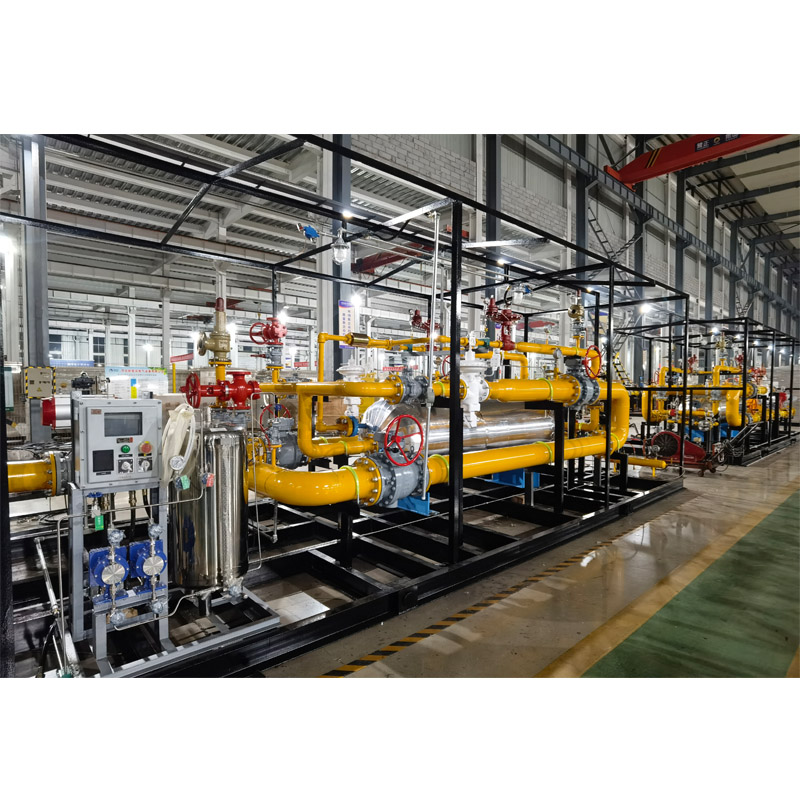
7 月 . 25, 2024 12:51
Back to list
Understanding the Importance and Functionality of Pressure Relief Valves in Safety Systems
Understanding Relief Valves Key to Safe Engineering Practices
Relief valves are critical components in various engineering applications, designed to protect systems from excessive pressure that could lead to catastrophic failures. These valves operate by automatically releasing pressure when it exceeds a predetermined level, ensuring the safety and integrity of equipment.
Function and Importance
The primary function of a relief valve is to prevent overpressure conditions that can occur in various systems, such as boilers, pressure vessels, and piping networks. When pressure builds up beyond the safe limit, the relief valve opens, allowing the excess fluid or gas to escape. This action not only prevents potential explosions but also protects other sensitive components within the system. Without relief valves, the risk of mechanical failure or hazardous situations increases significantly, posing threats to both personnel and equipment.
Types of Relief Valves
Relief valves come in several types, each suited for specific applications. The most common types include
1. Spring-Loaded Relief Valves These valves use a spring mechanism to hold the valve closed until the system pressure exceeds the setpoint. Upon reaching the setpoint, the valve opens, allowing pressure to release.
2. Pilot-Operated Relief Valves These valves utilize a smaller pilot valve to control a larger main valve. The pilot valve opens when the pressure exceeds the setpoint, allowing fluid to act on the main valve and open it.
3. Balanced Relief Valves These designs reduce the impact of backpressure on the valve's operation, making them suitable for fluctuating pressure environments.
Understanding these types is crucial for engineers when selecting the right valve for their specific application, ensuring optimal performance and safety.
relief valve

Design and Installation Considerations
Proper design and installation of relief valves are vital for their effectiveness. Engineers must consider the maximum allowable working pressure (MAWP) of the system, fluid characteristics, and the expected flow rate when sizing relief valves. An undersized valve may not relieve enough pressure, leading to potential system failure, while an oversized valve may lead to frequent, unnecessary releases, causing operational inefficiencies.
Installation location is also crucial. Relief valves should be easily accessible for maintenance and testing. They must be installed in a way that ensures they can fully open without any obstructions, and piping should be designed to minimize turbulence and backpressure.
Testing and Maintenance
Regular testing and maintenance of relief valves are essential to ensure reliability. This can include routine inspections to check for signs of wear, leakage, or corrosion. Engineers also recommend periodic functional testing to ensure the valve opens at the specified pressure. Neglecting maintenance can lead to valves failing to operate correctly during emergencies, which can have dire consequences.
Regulatory Standards
In many industries, relief valves must adhere to strict regulatory standards set forth by organizations such as the American Society of Mechanical Engineers (ASME) or the American National Standards Institute (ANSI). These regulations ensure that relief valves function correctly and safely under operating conditions. Compliance with these standards not only enhances safety but also minimizes legal liabilities for companies.
Conclusion
Relief valves play a vital role in industrial safety by preventing overpressure situations that could lead to significant harm. Understanding their types, proper design, installation, maintenance, and adherence to standards are essential aspects for engineers and industry professionals. By prioritizing the functionality of these valves, we can safeguard our systems, protect personnel, and ensure the sustainability of operations. In the fast-evolving landscape of engineering, the importance of relief valves will continue to grow, making safety a fundamental priority in all engineering practices.
Latest news
-
Unlocking The Quality Gas Pressure ReducersNewsNov.01,2024
-
The Role of Gas Pressure Reducing StationsNewsNov.01,2024
-
The Importance and Functionality of Safety Relief ValvesNewsNov.01,2024
-
The Essential Role of Safety Valves in Natural Gas ApplicationsNewsNov.01,2024
-
The Essential Role of Gas Pressure RegulatorsNewsNov.01,2024
-
Enhance Your Premium Gas FiltersNewsNov.01,2024

